If I asked you to name the most risky asset class, which would you pick?
- Emerging markets1
- Commodities2
- High-yield bonds3
Each investment has unique risks, but volatility of returns is one measure that can be applied to all.
At its simplest level, volatility is the likelihood that an investment’s return will change from one period to the next. It is often represented by a statistic called standard deviation.
When the standard deviation is large, the investment is considered relatively risky because it can vary a great deal from time to time. When it is small, the investment can be considered stable because its returns show relatively little variation.
Comparing Standard Deviations
For example, the standard deviation for the S&P 500, a broad measure of U.S. equities, was 14.67% for the 10-year period ending December 31, 2014.4 In comparison, the standard deviation for the MSCI Emerging Markets index for the same span was 23.74%.4 That means that during good years in stock markets in China, India, Brazil, and other developing economies, investors could reap rewards that outpace U.S. stocks. However, the potential for losses in emerging markets is generally higher than for domestic companies. On the other end of the market continuum, the standard deviation for fixed-income securities like those tracked by the Barclays Aggregate Bond index was 3.22% for the same time period, a fraction of that of stocks.4
Of course every investment is unique and there is no guarantee that any investment will perform as it has in the past. But each investment can also move up and down at different times. This suggests that adding a risky investment to an individual portfolio may not necessarily be bad and may actually prove beneficial over many years.
Match Investments to Goals
Before you can decide what types of investments are appropriate from a risk perspective, you need to evaluate your goals. Is your primary goal preservation of principal? Generating income for current expenses? Building the value of your principal over and above inflation? How you answer these questions will enable you to find an appropriate balance between the return you hope to achieve and the risk you are willing to assume.
Examine your time horizon for meeting your goals, and consider how comfortable you may be riding out short-term losses in the value of your investments. Remember, the longer your time horizon, the more volatility you may be able to tolerate in your portfolio. At the same time, long-term investors need to be concerned about inflation.
For example, if you are pursuing long-term goals (such as retirement) your portfolio may be more heavily weighted in stock investments, as these have historically provided the highest long-term returns and outpaced inflation by the widest margin, although past performance does not guarantee future results.5 On the other hand, people already in retirement may need to rely heavily on the income from their portfolios. Therefore, they may seek to maximize income and minimize risk of short-term losses. Their portfolios may be weighted in high-quality, lower-risk bond and money market investments, with some stocks in the mix to maintain growth potential.6
The Risk of Not Investing Appropriately
When thinking about how to balance risk and return in your portfolio, don’t forget that the risk of loss is not the only kind of risk. Give some thought to the risk of investing too conservatively and not reaping a high enough return to provide for your financial future. Also be aware of investing in instruments that may be too risky for your shorter-term goals. A financial advisor can help you select vehicles that are suitable for your goals.
Using Risk to Its Full Potential
In life, almost every attempt at success involves some risk — and your investment strategy is no different. By devoting time to examining your goals, conducting some research, and working with a financial advisor, you can learn how to manage risk in your portfolio by choosing appropriate investments.
Source/Disclaimer:
1Emerging markets are generally more volatile than the markets of more developed foreign nations, and therefore you should consider this increased market risk carefully before investing. Investors in international securities may be subject to higher taxation and higher currency risk, as well as less liquidity, compared with investors in domestic securities. Returns are in U.S. dollars and reflect effects of currency fluctuations.
2Exposure to the commodities market may subject investors to greater volatility as commodity-linked investments may be affected by changes in overall market movements, commodity index volatility, changes in interest rates or factors affecting a particular industry or commodity.
3Lower-quality debt securities involve greater risk of default or price changes due to changes in the credit quality of the issuer. They may not be suitable for all investors.
4Wealth Management Systems Inc., Morgan Stanley Capital International, and Barclay’s Capital. For the period indicated. The Standard & Poor’s Composite Index of 500 Stocks is an unmanaged index that is generally considered representative of the U.S. stock market. The MSCI Emerging Markets Index is a free float?adjusted market capitalization index that is designed to measure the equity market performance of 23 emerging market country indexes. The Barclays U.S. Aggregate Bond Index is a broad-based index that is considered to be generally representative of investment grade bonds being traded in the United States. It is not possible to invest directly in an index. Past performance is not a guarantee of future results.
5Investing in stocks involves risks, including loss of principal.
6Bonds are subject to market and interest rate risk if sold prior to maturity. Bond values will decline as interest rates rise and are subject to availability and change in price. An investment in a money market fund is not insured or guaranteed by the Federal Deposit Insurance Corporation or any other government agency. Although the fund seeks to preserve the value of your investment at $1.00 per share, it is possible to lose money by investing in the fund.
Because of the possibility of human or mechanical error by Wealth Management Systems Inc. or its sources, neither Wealth Management Systems Inc. nor its sources guarantees the accuracy, adequacy, completeness or availability of any information and is not responsible for any errors or omissions or for the results obtained from the use of such information. In no event shall Wealth Management Systems Inc. be liable for any indirect, special or consequential damages in connection with subscriber’s or others’ use of the content.
© 2015 Wealth Management Systems Inc. All rights reserved.







